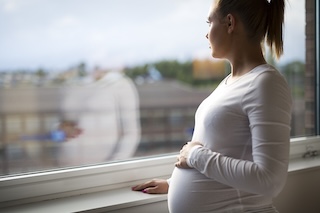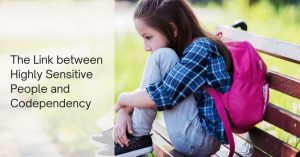 A new study published in PLOS One looked at how prenatal exposure to extreme ambient heat may amplify the adverse impact of Superstorm Sandy on basal ganglia volume among school-aged children.
A new study published in PLOS One looked at how prenatal exposure to extreme ambient heat may amplify the adverse impact of Superstorm Sandy on basal ganglia volume among school-aged children.
“The study explores the impact of prenatal exposure to Superstorm Sandy, a post-tropical cyclone that made landfall in New York City in 2012, and extreme ambient heat, defined as at least one day greater than 95 degrees Fahrenheit, on the brain volume of the basal ganglia in school-aged children, a critical brain region that regulates our emotions and behaviors,” study author Donato DeIngeniis told us. “We were hoping to find out whether individual and/or combined exposure to these stressors defined above would lead to discernible differences in the volume of the basal ganglia.”
The study is based on the developmental origins of health and disease (DOHaD) hypothesis, which states that early-life exposures, including during pregnancy, may negatively influence human health throughout the lifespan.
“We are currently in a state of climate energy,” DeIngeniis told us. “The increasing number of extreme weather events (e.g., record breaking heat) and natural disasters (e.g., devastating hurricanes) is growing in intensity and frequency.”
The researchers felt it was imperative to understand the impact weather-related prenatal stress poses on child brain development to be better prepared for future extreme climate events. The findings can be used to inform additional precautions of the health dangers of natural disasters exposure, especially for pregnant individuals.
“We tested our theory by conducting brain imaging scans on a subsample of 34, eight-year-old children from the larger Stress in Pregnancy Study,” DeIngeniis told us. “We determined if participants were prenatally exposed to Superstorm Sandy or extreme ambient heat based on the timing of their pregnancy.”
The researchers found children exposed to Superstorm Sandy had significantly larger brain volume in both hemispheres of the basal ganglia when compared to children without Sandy exposure. This included the putamen, pallidum, and right caudate.
While heat exposure alone did not impact brain volume, heat exposure amplified the adverse impact of SS exposure on basal ganglia volume, which led to reduced left nucleus accumbens and increased left pallidum volume.
“We were surprised to see such discernible differences in brain volume among the children exposure to Sandy,” DeIngeniis told us. “We were even more surprised to see that when Sandy exposure was coupled with extreme heat, additional differences in brain volume were seen.”
While the researchers were unable to directly test this in the current study, prior work has linked larger basal ganglia brain volume with greater behavioral disruptions in children. The researchers think these results could indicate that the climate stress-exposed children may face a greater risk for these disruptions.
“We would like to emphasize the importance of exploring multiple climate-related stressors together,” DeIngeniis told us. “Several warming-related factors contributed to the severity of Superstorm Sandy. When these stressors are explored solely in isolation, important impacts on child brain development may be missed.”
Patricia Tomasi is a mom, maternal mental health advocate, journalist, and speaker. She writes regularly for the Huffington Post Canada, focusing primarily on maternal mental health after suffering from severe postpartum anxiety twice. You can find her Huffington Post biography here. Patricia is also a Patient Expert Advisor for the North American-based, Maternal Mental Health Research Collective and is the founder of the online peer support group – Facebook Postpartum Depression & Anxiety Support Group – with over 1500 members worldwide. Blog: www.patriciatomasiblog.wordpress.com
Email: tomasi.patricia@gmail.com



